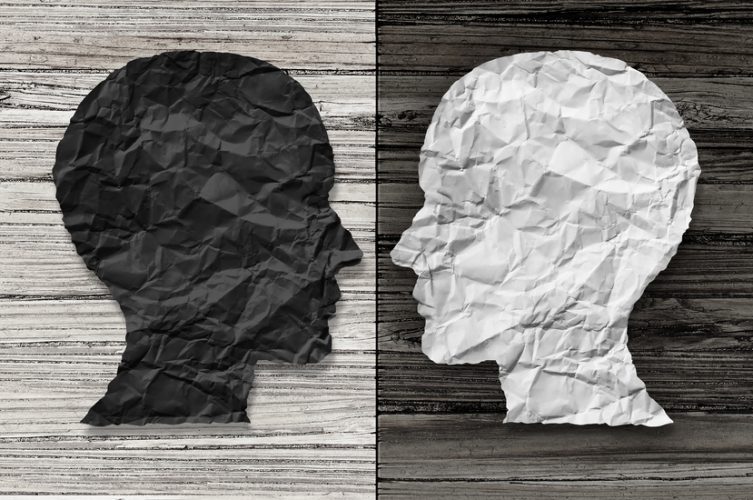Symptoms of Cataracts
Could you have cataracts?
You use the lens of your eye every day, for everything from reading to driving to bird watching. With age, the proteins inside your lens can clump together turning the lens from clear to cloudy. Certain behaviors can put you at a higher risk for getting a cataract. These include:
- too much time in the sun without eye protection
- smoking
- high blood sugar
- using steroid medications
- exposure to radiation
But you aren’t alone. Over 20 million Americans over the age of 40 have cataractsTrusted Source in one or both eyes, and 6 million have had corrective surgery. If you have any of the following symptoms, talk to your eye doctor soon.
No more wild nights
As cataracts become more advanced, they begin to darken with a yellow or brown tinge.
This begins to affect night vision and makes certain nighttime activities, such as driving, more difficult. In fact, a study from Curtin University in Australia found that treating cataracts reduced the risk of car accidents by 13 percent.
If you suspect you have cataracts, be very careful at night and don’t drive when your vision is compromised.
The glare of bright lights
Light sensitivity is a common symptom of cataracts. The glare of bright lights can be painful, especially to those with posterior subcapsular cataracts, according to the Mayo Clinic. These types of cataracts start at the back of the lens, blocking the path of light and often interfere with your reading vision.
Halos everywhere?
The clouding of the lens can result in diffraction of light entering your eye. This can cause a halo to appear around light sources. Rings around every light, sometimes in a variety of colors, can make driving very difficult. This is another reason why driving at night, especially when there are streetlights and headlights, can be dangerous if you have a cataract.
New glasses again
If you find yourself frequently needing stronger glasses or contacts, you may have cataracts. Simply buying a strong pair of reading glasses from the drugstore isn’t going to fix the problem. See an eye doctor if your eyesight is changing rapidly. You may have cataracts or another eye condition that will benefit with prompt treatment.
Living in a yellow submarine
As cataracts progress, the clumps of protein clouding your lens may turn yellow or brownish. This results in all the light coming into your eye having a yellow tint. It’s almost as though you are wearing “blue-blocker” sunglasses, as advertised on TV, which block blue and violet light. This changes how you see color and reduces your ability to tell the difference between colors.
After corrective surgery for cataracts, you may be surprised to see the world with all of its colors again!
Double trouble
Diffraction from the lens clouding in a cataract can actually lead you to see two or more images of a single object. Many things can cause double vision, also called diplopia, including:
- brain tumor
- corneal swelling
- multiple sclerosis
- stroke
- cataracts
Binocular double vision, which causes two images to be visible only if both eyes are open, can be a sign of serious health concerns, including:
- brain injury
- uncontrolled diabetes or hypertension
- Graves’ disease
- myasthenia gravis
Monocular double vision, which causes multiple images to appear in one eye but not the other, is more likely to be an issue with your eye’s cornea or lens. Cataracts is a common cause of diplopia. As the cataract grows larger, this effect may go away.


No comments:
Post a Comment